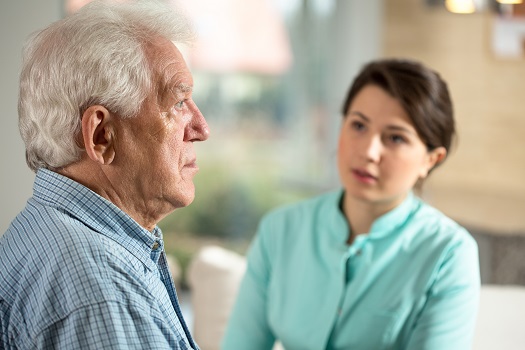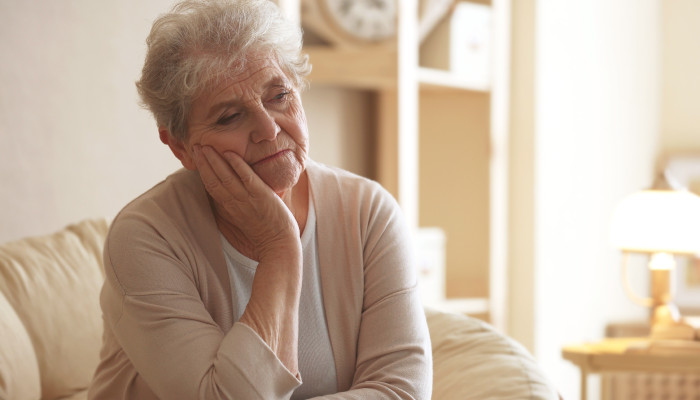Alzheimers disease poses numerous challenges, not only for those diagnosed but also for their caregivers. One of the most significant concerns is the risk of falls. As the disease progresses, patients often experience decreased mobility and balance, making them more prone to falling. Implementing fall detection for Alzheimers patients becomes crucial in ensuring their safety and well-being.

Understanding the Importance of Fall Detection
Falls can lead to severe injuries, such as fractures and head trauma, which can further deteriorate the health of an Alzheimers patient. For caregivers, having a reliable system to detect falls can provide peace of mind and allow for timely intervention. By utilizing advanced fall detection technology, caregivers can monitor patients more effectively, ensuring immediate assistance when required.
Causes of Falls in Alzheimers Patients
Balance and Coordination Issues
Alzheimers patients often experience issues with balance and coordination. The disease affects the brains ability to process spatial awareness, making it difficult for patients to navigate their environment safely.
Medication Side Effects
Many Alzheimers patients are on various medications that may cause dizziness and drowsiness, increasing the risk of falls. It is essential to regularly review these medications with healthcare providers to mitigate these risks. For more information, visit medications that increase fall risk.
Environmental Hazards
Home environments can present numerous hazards for Alzheimers patients. Cluttered spaces, uneven flooring, and inadequate lighting can all contribute to falls. Caregivers should regularly assess the home for potential dangers and make necessary adjustments.
Implementing Fall Detection Systems
Wearable Devices
Wearable devices have become increasingly popular in fall detection. These devices can be worn around the wrist or neck and are equipped with sensors that detect sudden movements characteristic of a fall. They can automatically alert caregivers or emergency services for immediate assistance.
Smart Home Technology
Integrating smart home technology can enhance fall detection efforts. Motion sensors, cameras, and automated lighting systems can create a safer environment for Alzheimers patients. These technologies can also send alerts to caregivers, ensuring prompt responses.
Monitoring Systems
Advanced monitoring systems can track the movements of Alzheimers patients, providing caregivers with real-time data. This technology allows for the early detection of potential fall risks and proactive measures to prevent them.
Caring for Alzheimers Patients
Creating a Safe Environment
Ensuring the home is free of potential hazards is crucial. Simple measures like installing grab bars, securing rugs, and ensuring adequate lighting can significantly reduce the risk of falls. For more tips on creating a safe environment, visit vision and fall prevention.
Regular Physical Activity
Engaging in regular physical activity can help maintain muscle strength and balance, reducing the likelihood of falls. Activities such as walking, stretching, and balance exercises are beneficial. Learn more about balance training for seniors.
Professional Guidance
Consulting healthcare professionals, such as physical therapists, can provide valuable insights into fall prevention strategies. They can suggest tailored exercise programs and equipment to enhance patient safety. Discover more about physical therapy for fall prevention.
Emotional Support for Caregivers
Caring for an Alzheimers patient can be emotionally taxing. Caregivers must also prioritize their mental health by seeking support from family, friends, or support groups. Joining communities of other caregivers can provide a platform to share experiences and advice.
Conclusion
Fall detection for Alzheimers patients is a crucial aspect of ensuring their safety and well-being. By understanding the causes of falls, implementing advanced detection systems, and creating a safe environment, caregivers can significantly reduce the risk of injuries. Remember, the journey of caregiving is challenging but rewarding, and with the right tools and support, caregivers can provide the best care for their loved ones.

Frequently Asked Questions
What are the main causes of falls in Alzheimers patients?
Alzheimers patients often face balance and coordination issues, medication side effects, and environmental hazards, all of which can contribute to falls.
How can technology help in fall detection?
Wearable devices, smart home technology, and monitoring systems can enhance fall detection by providing real-time alerts and data to caregivers.
What steps can caregivers take to prevent falls?
Caregivers can create a safe environment, encourage regular physical activity, and consult healthcare professionals for tailored fall prevention strategies.
This article contains affiliate links. We may earn a commission at no extra cost to you.






